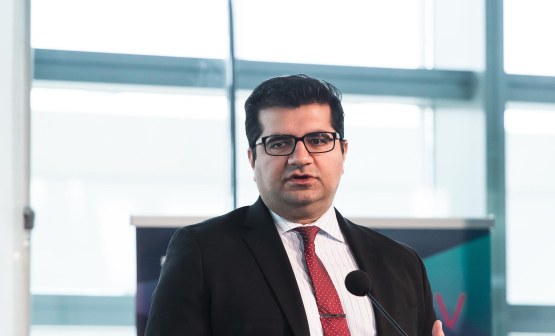18F gets more realistic results in 2nd micro-purchase hack

The General Services Administration’s 18F digital services team, after drawing mockery for attracting a $1 winning bid in its first experiment with software development micro-purchasing, got much more realistic results in a second try this week.
Using its new micro-purchasing platform, 18F ran multiple simultaneous auctions for work on its Tock platform — a tool the team uses to track its time worked — and on the micro-purchase platform itself Monday. This time, among five different auctions, winning low bids ranged between $249 and $399.
Typically, the federal micro-purchase system is used for acquisitions of small items like office supplies and equipment or travel tickets on charge cards under a $3,500 limit. 18F is just expanding that idea to software development, hoping to decrease the traditionally long software procurement cycles in government and open the work up to a new pool of vendors.
So why no $1 bids this time, like back in November? V. David Zvenyach, acquisition management director for 18F, said it’s because the team learned from its first go-around.
[Read more: 18F’s first micro-purchase of code — only $1, but good]
“Specifically, we focused on improving our delivery cadence, really focused on testing the system during the delivery process, and getting user feedback around what would be a good first experience,” Zvenyach said. “It also worked because the vendors showed up and bid.”
More or less, 18F used the same reverse auction style for the procurement, hoping to learn more about it before possibly moving onto other auction styles.
“There’s a lot to learn,” Zvenyach told FedScoop. “And it’s a lightweight way for us to work with the private sector on open source software development.”
Immediately, he said, 18F is beginning to pick up on patterns behind how developers are pricing their bids. “Obviously there’s a difference between a $1 bid and 5 bids between $200 and $400,” Zvenyach said, despite that there were still only a few developers bidding on each of the projects.
That said, 18F will likely try something new in its next experiment with micro-purchases. We are in the process of deciding what the next auction models look like,” he said. “We are expecting at least one new model for the next set of micro-purchases.”
The point of building dedicated micro-purchasing platform — which it developed on GitHub and SAM.gov, the federal government’s award management system — was so 18F could push these experiments out more frequently and attract more bidders to a user-friendly auction site, learning more each and every time.
And that’s exactly what to expect from forthcoming auctions, Zvenyach said. “I know I’m a broken record, but the thing to expect is more experimentation, more learning, and continued improvement in the system.”
“We like the data points we are seeing, and think that we can make the system more attractive to use,” he said. “But we still have a lot to learn about how to really make this sustainable.”
Reach the reporter on this story at billy.mitchell@fedscoop.com. Follow him on Twitter @BillyMitchell89.





